- Hey Dullblog Online Housekeeping Note - May 6, 2022
- Beatles in the 1970s: Melting and Crying - April 13, 2022
- The Beatles, “Let It Be,” and “Get Back”: “Trying to Deceive”? - October 22, 2021
NANCY CARR * The recently released “Art of McCartney” tribute album could have been–should have been–so much better. Lots of songs and lots of artists, many of them big names. But the album suffers from two major problems: the track list is weighted toward songs that have been covered a lot (often better than here), and too many of the performers stick so close to the original arrangements that at times the effect is Karaoke Night at the Rock and Roll Hall of Fame.
For example, both Billy Joel cuts, “Maybe I’m Amazed” and “Live and Let Die,” are virtual reenactments of the McCartney versions. Someone really should have warned Mr. Joel that inviting a note-for-note comparison to two stellar 1970s McCartney vocal performances was a terrible idea. He can’t pull it off, but he tries so hard that it’s impossible to listen to either song without mentally recalling the superior McCartney version. Changing things up a bit would have served Joel much better.
Overall, this album made me appreciate the Flaming Lips’ “With a Little Help From My Fwends” more. It’s a very inconsistent album, and parts of it are a tough listen, but at least it wasn’t afraid of reinterpretation.”The Art of McCartney” sounds as if the artists were told to do the songs by the book, and it’s mostly boring in consequence. Do you need to hear Kiss do “Venus and Mars/Rock Show,” Steve Miller do “Hey Jude,”or Barry Gibb do “When I’m 64”? Trust me, no.
Only a few tracks on “The Art of McCartney” stand out: Bob Dylan’s “Things We Said Today” (first mentioned on this site by commenter Hologram Sam), Willie Nelson’s “Yesterday,” Heart’s “Letting Go,” and Owl City’s “Listen to What the Man Said.” Brian Wilson’s rendition of “Wanderlust” is heartfelt, if extremely close to the original. Allen Toussaint’s “Lady Madonna” swings, and Dr. John’s “Let ‘Em In” is appropriately New Orleans in flavor. The big surprise for me was The Airborne Toxic Event’s “No More Lonely Nights,” which they give an understated, stripped down treatment that suits the song admirably.
But there’s a whole lot that’s disposable at best (the full album is 34 tracks, not counting a lot of bonus tracks that are available in different configurations). Harry Connick Jr’s version of “My Love” is especially excruciating. If you wanted to know what the song would sound like if McCartney had really been Engelbert Humperdinck, as Lennon opined in one of his more acidic moments, look no further.
And a word on the bonus tracks: this practice of having “exclusive” tracks that are only available through certain retailers is maddening. I’d be willing to bet that Wanda Jackson’s “Run Devil Run” and Darlene Love’s “All My Loving” are better than a lot of tracks on the standard album, but I can’t say for sure because I didn’t buy my copy at Target. If you buy a copy at Best Buy, you get Alice Cooper’s “Smile Away” (the only track from “Ram” anywhere on the album) and Ian McCulloch’s “For No One.” If you buy at Amazon, you get Robert Smith’s “C Moon.” This kind of piecemeal offering is a disservice to fans, particularly those who are still willing to buy music. It’s particularly annoying that virtually all the “bonus” tracks are songs that are less frequently covered than many on the “standard” album.
An album billing itself as representing “The Art of McCartney” should be far better than this. For cover versions that are inventive and interesting, check out the tribute albums “Listen to What the Man Said” and “Coming Up,” both released in 2001. Or 2011’s “Let Us In Nashville” or 2013’s “Let Us In Americana.” “The Art of McCartney” is a bummer compared to any of these.

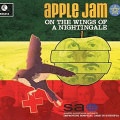
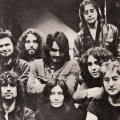
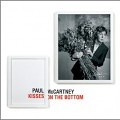
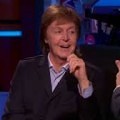
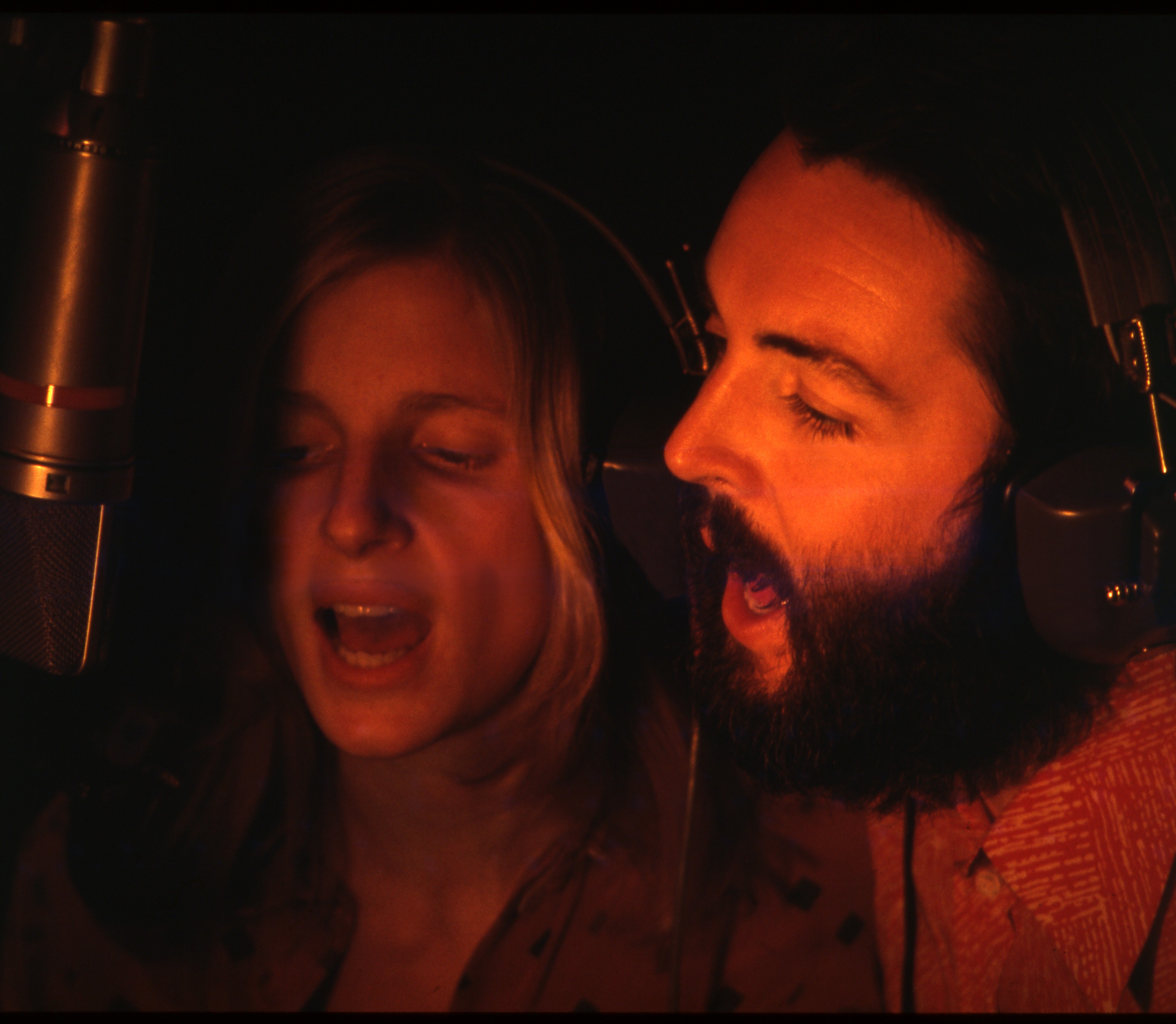
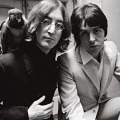
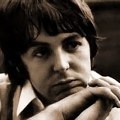
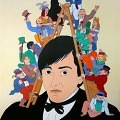



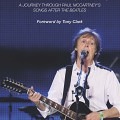
Wow. Has anyone EVER covered C Moon before? I really want to hear it!
I had fears of pattern development of the album after hearing Alice Cooper tackle “Eleanor Rigby” like Paul McCartney and NOT as Alice Cooper. Not even as the Alice Cooper who sang his ballads “I Never Cry” or “Only Women Bleed”. I personally still love interpretations like the Macca tribute CDs that came out a decade back or so with Starbelly tackling “Let Em In” a bit crunchier and The Andersons insane pop-rock take with – of ALL things – “Temporary Secretary” and the like. It doesn’t damage the songs but many times fleshes out a theme or counter melody line that you under-appreciated with the original. But agreed. This disc is more “meh” than “art”. Meh-artney.